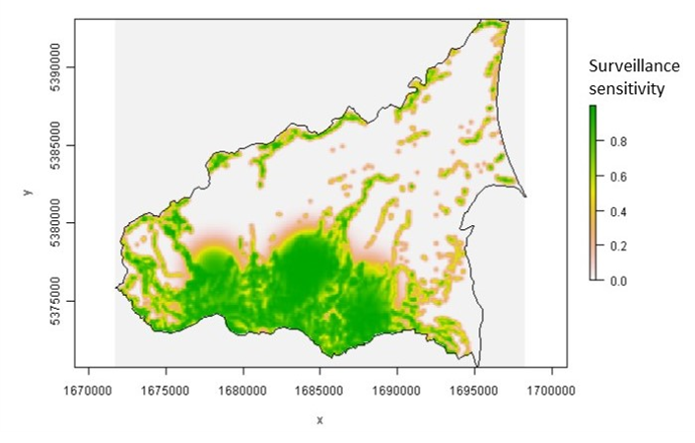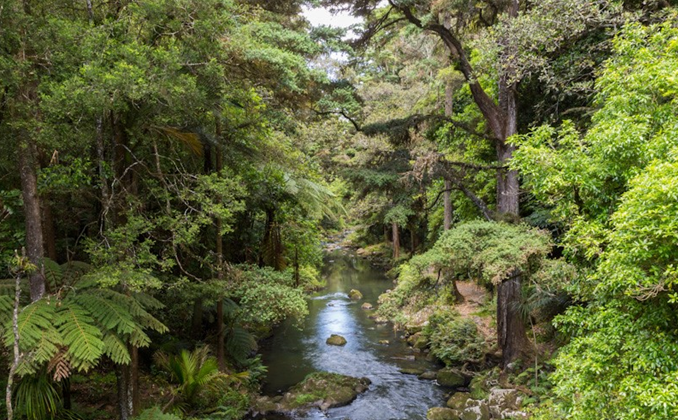Co-leads: Waitangi Wood (MWLR) and Dean P. Anderson (MWLR)
Team:
Audrey Lustig (MWLR)
Ceclia Arienti (MWLR)
Jo Peace (MWLR)
Michael Martin (UoA)
Sharmila Savarimuthu (GRI)
Tracey Godfery (Kaitiaki Roopu)
Collaborators:
Andrew Sanders (MPI)
Beccy Ganley (Plant & Food)
Carlton Bidois (Kaitiaki Roopu)
Dave Milner (Kaitiaki Roopu)
Ian Horner (Plant & Food)
Katrin Webb (DoC)
Nari Williams (Plant & Food)
Nick Waipara (Kaitiaki Roopu)
Rodelyn Jacksons (Plant & Food)
Funding
MBIE
Duration Project
2020-2023
Project summary
This research theme has been scoped in accordance with the New Zealand’s Biological Heritage National Science Challenge’s Ngā Rākau Taketake (‘NRT’) programme strategic objectives that aims to accelerate the critical research needed to combat the spread of kauri dieback (Phytophthora agathidicida) and myrtle rust (Austropuccinia psidii) in Aotearoa New Zealand.

In the past, there has been a disconnect and little collaboration between the people and organizations doing work on the plant pathogens that cause myrtle rust and kauri dieback. This has stymied progress in the management of these plant pathogens and diseases, to the extent that it is still unclear where they occur and where they do not. In this project we introduced the principles and methodologies of the Mātauranga Māori Framework for surveillance (MMFS) for plant pathogens.
The aim of the framework is to elevate mana whenua into the biosecurity system through the establishment of a surveillance system that is hapū based and that encourages strategic trust relationships between hapū kaitiaki and rangatira directly with central, regional and local organisations that generate science and research, and provide funding. It considers the current processes involved in the collection of data and information required on pathogen presence and absence and addresses challenges of trust between interested groups, informed consent, and data owner-ship, sovereignty, and rights. The framework includes the development of a data storage platform, which anchors data to the place of origin and ensures mana whenua access to information, as well as a ‘proof of pathogen absence’ tool, which uses surveillance data from areas where the disease hasn’t been detected to quantify the probability of its absence given it has not been detected.
Dr Sharmila Savarimuthu from GRI joined the project as a software developer in October 2020. Her main role in this project is to develop the web-based surveillance-data analysis tool as well as to support the development of a national data infrastructure to collate surveillance data an information from a wide variety of stakeholders and Māori mana whenua to link the data back to the rohe (defined land area), as owners.
Outputs
Audrey Lustig , Cecilia Arienti & Sharmila Savarimuthu, Māturanga Māori framework for surveillance (MMSF) for plant pathogens, GRISS Seminar: Nov 2022. YouTube video.




